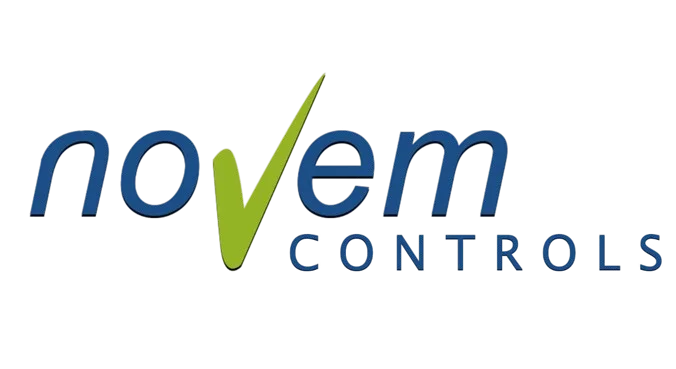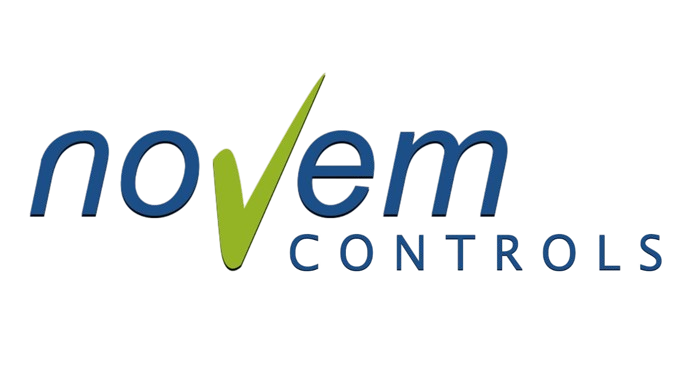Subtotal $0.00
Introduction Of Python
Python is a versatile and powerful programming language that has gained immense popularity for its simplicity and readability. Whether you’re an aspiring programmer or a seasoned developer, Python offers tools and libraries that cater to a wide range of applications, from web development to artificial intelligence.
Why Learn Python?
-
Ease of Learning: Python’s syntax is clean and easy to understand, making it an excellent choice for beginners.
-
Versatility: Python can be used for web development, data analysis, machine learning, game development, and more.
-
Community Support: Python boasts a large and active community, providing extensive resources, tutorials, and libraries.
Key Features of Python
-
Dynamic Typing: You don’t need to declare variable types, making it flexible and less verbose.
-
Extensive Libraries: Python has libraries like NumPy, Pandas, TensorFlow, and Django, which simplify complex tasks.
-
Platform Independence: Write code once and run it on any operating system with minimal changes.
-
Integration: Python easily integrates with other programming languages and tools.
Getting Started with Python
-
Install Python:
-
Download Python from python.org and follow the installation guide.
-
-
Choose an IDE:
-
Popular options include PyCharm, Visual Studio Code, and Jupyter Notebook.
-
-
Write Your First Program:
-
Open your IDE and type:
print("Hello, World!") -
Run the program to see the output.
-
Applications of Python
1. Web Development
Frameworks like Django and Flask make it easy to build robust and scalable web applications.
2. Data Analysis and Visualization
Libraries such as Pandas and Matplotlib enable users to analyze and visualize data effectively.
3. Machine Learning and AI
Python’s TensorFlow and scikit-learn are widely used in building machine learning models.
4. Scripting and Automation
Automate repetitive tasks with Python scripts to save time and increase efficiency.
5. Game Development
Python libraries like Pygame allow for the creation of simple games.
Tips for Python Beginners
-
Start small: Begin with simple projects to build confidence.
-
Practice regularly: Consistency is key to mastering Python.
-
Leverage online resources: Platforms like Codecademy, Coursera, and freeCodeCamp offer excellent Python tutorials.
Conclusion
Python’s versatility and user-friendly nature make it a fantastic choice for programmers of all skill levels. Whether you’re looking to build a career in tech or simply learn a new skill, Python opens up a world of possibilities. Start your Python journey today and unlock your potential!


